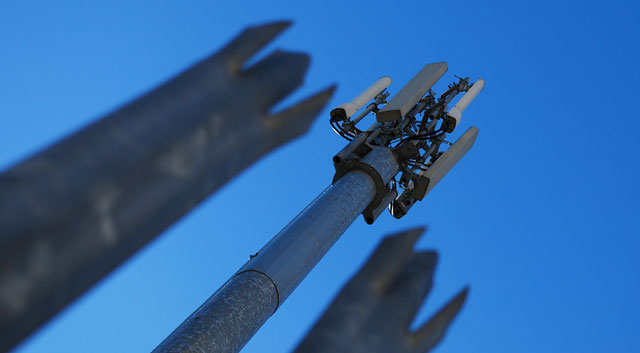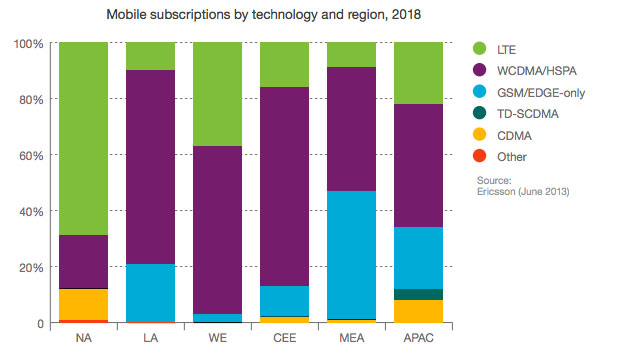
Demand for low-cost handsets, regional diversity and differences between developed and underdeveloped areas all mean older, second-generation (2G) mobile technology is set to remain the dominant form of connectivity in Africa for the rest of the decade.
This is according to the latest edition of networking equipment vendor Ericsson’s Mobility Report, which looks at trends in mobile subscriptions and use for the next five years.
Ericsson expects that by 2018, Africa will still account for the greatest use of 2G networks worldwide as new, price-conscious users take up mobile for the first time.
Meanwhile, an estimated 60% of the world’s population will have 4G coverage by 2018, with 4G subscriptions expected to have reached 2bn. By then, Ericsson predicts there will be more than 7bn mobile broadband subscriptions globally, up from 1,7bn today.
Though 4G is being rolled out in most regions, Ericsson says it expects 2G services to continue to represent the lion’s share of subscriptions as new subscribers take up mobile services in developing markets. This is only expected to change closer to 2018.
According to the report, mobile penetration in Africa is now around 71%, while global penetration exceeds 90%.
Although almost all handsets in Western Europe and North America are expected to be smartphones by 2018, only 40% to 50% of handsets in the Middle East, Africa and Asia-Pacific regions will be smartphones by that time.
Africa’s mobile subscriptions increased by 27m during the first quarter of 2013, bringing the total number of subscriptions on the continent — including both voice and data plans — to 775m. Nigeria had the highest number of net new subscribers during the period at 5m.
Consumers are increasingly using mobile subscriptions for laptops, mobile routers and tablet computers and Ericsson expects the number of subscriptions to grow from 300m in 2012 to around 850m by 2018, exceeding the number of fixed broadband subscriptions.

Though the number of mobile subscriptions worldwide grew by only 8% year-on-year during the first quarter of 2013, the number of mobile broadband subscriptions during the period grew by 45% — reaching 1,7bn — and half of all mobile phones sold during the period were smartphones.
Worldwide, the volume of data traffic doubled between the first quarter of 2012 and the first quarter of this year. Moreover, it’s expected to grow 12-fold by 2018.
By the first quarter of 2013, global mobile subscriptions exceeded 6,4bn, although Ericsson says the actual number of individual subscribers is closer to 4,5bn with many users having more than one subscription.
Worldwide, video traffic is growing by 60%/year on the back of better network speeds, and Ericsson expects it will account for half of global mobile data traffic by 2018. — (c) 2013 NewsCentral Media

